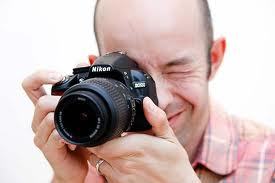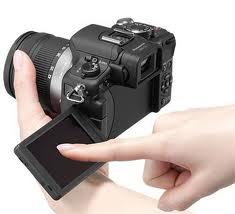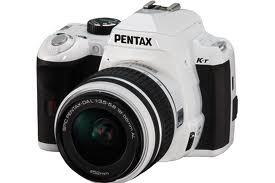| The Latest in Digital Cameras Digital cameras have revolutionised the way we take pictures, with their ability to provide instant results and store hundreds of images. Manufacturers have continued to add value to new camera models, thanks to constantly evolving technology. What do the latest arrivals have to offer? |
Canon EOS 550D | |
| Nikon D3100 The D3100 has a 14.2 megapixel CMOS sensor, allowing Nikon to offer both live view and full HD video capabilities for this entry level DSLR. The 3-inch LCD monitor on the back of the camera body works well, although it does seem to lack detail in comparison with some of Nikon's competitors. The camera offers a good range of manual control and can accept SD, SDHC and SDXC memory cards. |  |
| Panasonic DMC-G2 The Panasonic DMC-G2 is a Four Thirds format camera that has a 12.1 megapixel LiveMOS sensor. It is the first interchangeable lens camera to add touchscreen options to the range of standard controls. The 3-inch touchscreen folds out for use and the camera is smart enough to disable this function when your face is close to the camera body when looking through the viewfinder, for example, to avoid accidental operations caused by your nose. |  |
| Pentax K-r The Pentax K-r has a 12.4 megapixel sensor, enabling 720p video capture, and a 3-inch LCD screen on the rear. Continuous shooting mode has an impressive upper limit of 6 fps and the camera caters for those enthusiasts who prefer standard batteries over rechargeable by allowing both options, although standard AA batteries require an adapter. |  |
| Sony SLT-A55 Another interchangeable lens camera, the Sony SLT stands for Single Lens Translucent. While still using mirrors, the mirror allows most of the light to pass through to the sensor, rather than having to swing out of the way. The sensor is an impressive 16.2 megapixel camera and can shoot video files at 1080p HD resolution. With a built in GPS, the camera is capable of geotagging and has a continuous shooting rate of 10 fps. |  |
| So what should we expect in the future? Hard to say, but we may well see radical redesigns involving the removal of mechanical shutters, a move towards remote viewfinders and improved image quality and storage capabilities. Stay tuned. | |